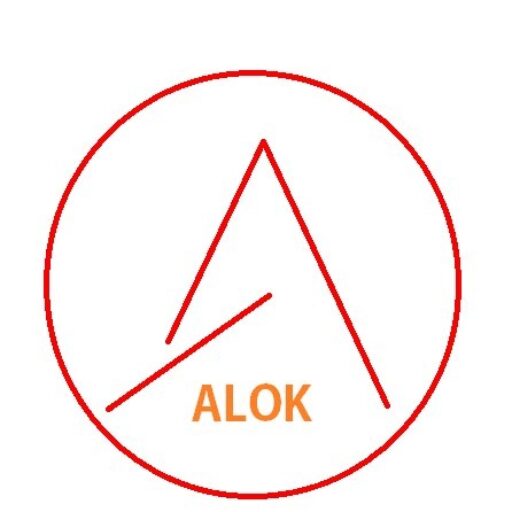In any system, whether it’s a manufacturing process, a software project, or even your daily routine, there’s always one critical point that limits overall performance. This limiting factor is known as the bottleneck. Identifying and addressing bottlenecks is crucial for significant improvement, and the concept itself forms a powerful mental model with widespread applications.
Understanding Bottlenecks
- Definition: A bottleneck is the single constraint that most significantly limits the overall throughput or capacity of a system.
- Analogy: Imagine a highway with a narrow bridge. Even if all other parts of the highway are wide and traffic flows smoothly, the bridge will inevitably create a traffic jam, slowing down the entire system. This bridge represents the bottleneck.
- Key Characteristics:
- Single Point of Limitation: While other factors may contribute to inefficiency, the bottleneck is the most critical constraint.
- System-Wide Impact: The bottleneck’s impact extends beyond its immediate location. It affects the entire system’s performance.
- Dynamic Nature: Bottlenecks can shift over time. As one constraint is addressed, another may emerge as the new limiting factor.
The Theory of Constraints (TOC)
The concept of bottlenecks is central to the Theory of Constraints (TOC), a management philosophy developed by Dr. Eliyahu Goldratt. TOC emphasizes identifying and exploiting constraints to maximize overall system performance.
Key Principles of TOC:
- Identify the Constraint: The first step is to accurately identify the most significant constraint within the system.
- Exploit the Constraint: Focus all efforts on maximizing the throughput of the constraint. This may involve improving the constraint’s capacity, reducing downtime, or improving its utilization.
- Subordinate Everything Else to the Constraint: Align all other parts of the system to support the constraint. This may involve adjusting schedules, inventory levels, and other factors to ensure that the constraint is not overwhelmed.
- Elevate the Constraint: Once the current constraint is addressed, identify and break the next constraint in the system.
- Repeat: Continuously identify and address constraints to achieve ongoing improvement.
Applications of the Bottleneck Model
The bottleneck concept has a wide range of applications across various domains:
- Business:
- Manufacturing: Identifying production bottlenecks can significantly improve efficiency and reduce costs.
- Project Management: Pinpointing the critical path in a project helps identify tasks that are most likely to delay the overall project timeline.
- Supply Chain Management: Identifying bottlenecks in the supply chain can help improve delivery times and reduce inventory costs.
- Personal Productivity:
- Time Management: Identifying the most time-consuming or energy-draining tasks can help you prioritize and improve your overall productivity.
- Goal Setting: Recognizing the most challenging obstacles to achieving your goals can help you develop effective strategies to overcome them.
- Everyday Life:
- Household Chores: Identifying the most time-consuming or frustrating chore can help you streamline your household routines.
- Travel Planning: Recognizing potential bottlenecks, such as flight delays or traffic congestion, can help you plan your travel itinerary more effectively.
Finding and Addressing Bottlenecks
- Data Analysis: Utilize data analysis techniques such as process mapping, bottleneck analysis, and statistical process control to identify and quantify bottlenecks.
- Observation: Observe the system in action to identify areas of congestion and inefficiency.
- Customer Feedback: Gather feedback from customers to understand their pain points and identify areas for improvement.
- Experimentation: Experiment with different approaches to address potential bottlenecks and measure the impact of these changes.
- Continuous Improvement: Regularly review and reassess the system to identify and address emerging bottlenecks.
Limitations of the Bottleneck Model
- Oversimplification: The bottleneck model can sometimes oversimplify complex systems. In reality, there may be multiple constraints that interact with each other.
- Dynamic Nature: Bottlenecks are not static. They can shift over time as conditions change.
- Focus on Constraints: While focusing on constraints is crucial, it’s important to also address other areas for improvement to optimize overall system performance.
Conclusion
The bottleneck concept provides a powerful mental model for understanding and improving the performance of any system. By identifying and addressing the most significant constraints, individuals and organizations can achieve significant gains in efficiency, productivity, and overall success.
Disclaimer: This blog post provides a general overview of the bottleneck concept and its applications. It is not intended to be a comprehensive or exhaustive treatment of the subject.
I hope this blog post provides a valuable overview of the bottleneck model and its applications!

